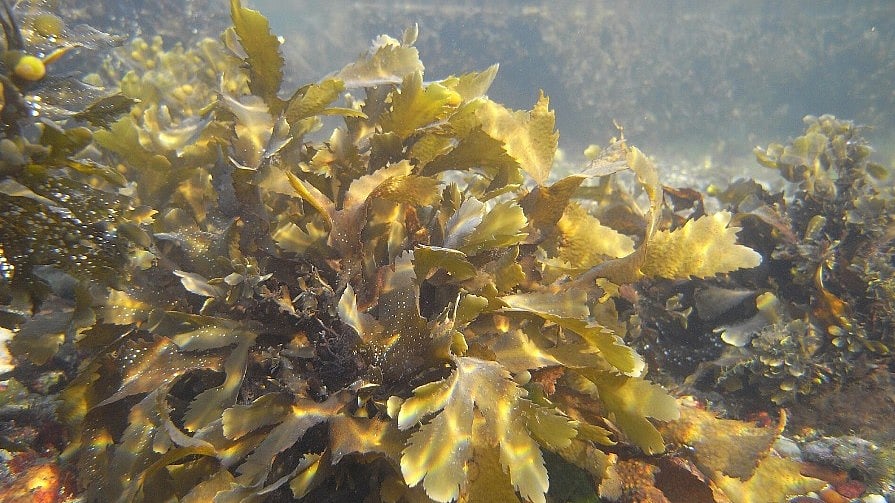
Spoorthy Raman
The world’s coastlines are home to over 12,000 species of unique algae called seaweeds—a term that misrepresents these marine organisms' role. Unlike weeds that hurt the ecosystem, seaweeds are nurturing habitats for many fish and crustaceans, providing food and protection from predators.
Although they look like plants at first glance, seaweeds don’t have true roots, stems and leaves and are not even plants. Instead, they are multicellular macroalgae. Unlike microscopic, single-celled microalgae, they have many cells and are large with complex structures. Some of the world’s densest forests are below the oceans as kelp forests, where large, dense brown algae create an ecosystem of their own.
Scientists studying seaweed fossils believe macroalgal red and green seaweeds evolved more than a billion years ago, while brown algae entered the scene about 2,00,000 years ago. But what’s unique about this transition is that these three algae evolved independently from microscopic algae into their multicellular forms. Fossilised seaweeds, which date back 550 million years, are among the oldest examples of multicellular life on Earth, holding clues about the transition from one-celled life to many.
In a recent study, scientists looked closely at these clues in seaweed genes to find how they evolved from single-celled microalgae into macroalgae and found that they needed genes that could help the cells stick to each other, form a supportive extracellular matrix that holds the cells together and differentiate into distinct types of cells. They found that the green, red and brown algae all have these genes derived from an unlikely source: algae-infecting viruses. In the long history of evolution, these viruses not only transferred diseases but also donated their genetic material in a process called horizontal gene transfer, which helped seaweed become multicellular. And thus began an exciting evolutionary trajectory on Earth.